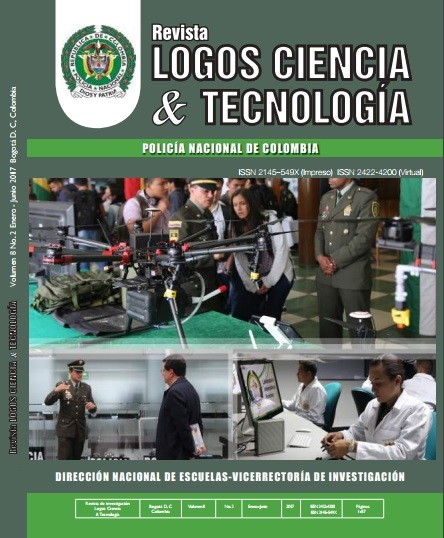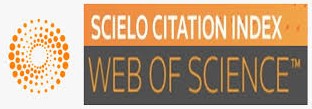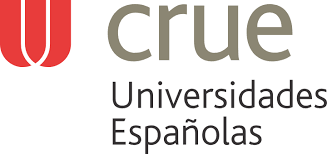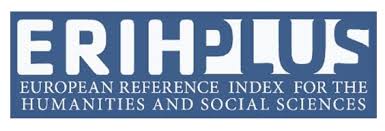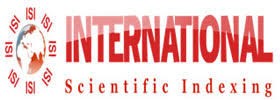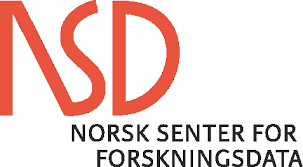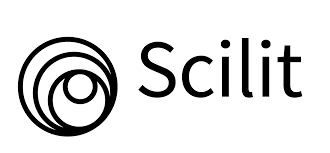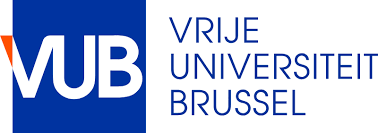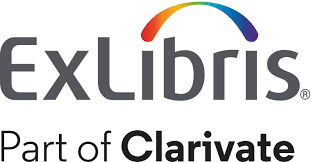Modeling particulate material issued by coking. Municipality of Samacá, Boyacá
DOI:
https://doi.org/10.22335/rlct.v8i2.303Keywords:
particles material, AERMOD, modeling sceneries, cokeAbstract
The modeling of the dispersion a pollutants in the atmosphere is a tool that allows predictions to urban and regional scale air quality in this case for total suspended solids (TSP) and particulate matter (PM10) emissions from the production area township coke composed sidewalks Samacá Loma Redonda, La Chorrera and Salamanca. The AERMOD software takes a Gaussian dispersion model. The evaluation of contaminants is analyzed with two environmentals models: urban and rural. The concentrations of TSP and PM10 (ug/m3) established by Resolution 610 of 2010 MAVDT were determined in 18 days with two monitoring stations in the hospital municipal and Salamanca town that exceed the permissible limits (100 and 50 g/m³). It analyzed the meteorological and topographical supplemented with inventory of emission sources as input for modeling the process of atmospheric pollutants emitted by coking.
Downloads
References
Agencia Suiza para el Desarrollo y la Cooperación – COSUDE. (2006). Red de Monitoreo de la Calidad del Aire. Bolivia, Septiembre, 2006.
AP-42 Compilation of Air Pollution Emission Factors (AP-42) - Volume I: Stationary Point and Area Sources, Fourth Edition. U.S. Environmental Protection Agency, Office of Air Quality Planning and Standards, Research Triangle Park, North Carolina. January.
Arzate E., Carmen I. (2004). Realización de software educativo para simular la dispersión de contaminantes atmosféricos. Universidad de las Américas Puebla. México.
Ávila G. (1996). Difusion des pollutants atmosfhériques dans une zone a topographie complexe. Validation d´un modéle a l´aide des mesures D´AIRPARIF. Tesis de doctoral, Universidad Paris XII Val-de Marne, Francia.
Bustos, C. (2004). Aplicación de modelos de dispersión atmosférica en la evaluación de impacto ambiental: Análisis del proceso. Tesis de Magíster en Gestión y Planificación Ambiental, Universidad de Chile.
Convenio CORPOBOYACA – UNIBOYACA. (2012). Documento Técnico. Estructuración de un programa de reducción de la contaminación del aire en el municipio de Samacá, como insumo para la elaboración del diagnóstico y declaración de área fuente de contaminación de aire.
COSUDE. Agencia Suiza para el Desarrollo y la Cooperación – COSUDE. (2006). Red de Monitoreo de la Calidad del Aire. Bolivia, Septiembre 2006. COSUDE – SWISSCONTAC. Manual de laboratorio. Monitoreo del Aire. Programa Aire Puro.
Doorembos, J. (1976). Agro-meteorological field stations. Roma, Italy, FAO. Irrigation and Drainage Paper No. 27.
Environmental Protection Agency. 40 CFR Part 51 [AH–FRL–7990–9] RIN 2060–AK60. (2005). Revision to the Guideline on Air Quality Models: Adoption of a Preferred General Purpose (Flat and Complex Terrain) Dispersion Model and Other Revisions, Federal Register / Vol. 70, No. 216 / Wednesday, November 9, 2005 / Rules and Regulations.
EPA-454/B-03-001. User´s Guide for the AMS/EPA Regulatory Model-AERMOD, U.S. (2004). Environmental Protection Agency, Office of Air Quality Planning and Standards Emissions, Monitoring, and Analysis Division Research Triangle Park, North Carolina 27711, September 2004.
Henderson, S.M. and Perry R.L. (1979). Agricultural process engineering. Westport, Connecticut, U.S.A., The AVI Publishing Company.
Holmes N.S. and Morawska L. (2006). A review of dispersion modeling and its application to the dispersion of particles: An overview of different dispersion models available. Atmospheric Environment 40: 5902-5928.
IGAC-Global Satelite. Google Earth. 2012
IGAC. Fotografías aéreas IGAC C2524 No.00256 del 23-12-1993 e IGAC C2801 No.00910 del 03-02-2007
Pasquill F. (1961). The Estimation of the Dispersion of Windborne Material, Meteorol. Mag.,90, pp. 33-49.
Perry, S., et. al. (2005). AERMOD: A Dispersion Model for Industrial Source Applications. Part II: Model Performance against 17 Field Study Databases. Journal of Applied Meteorology, 44(5): 694-708.
Ramos, A. y Benitez, D. Diagnóstico y Declaración de Área Fuente de Contaminación de Aire en el Municipio de Samacá. Convenio 2011115 CORPOBOYACA-UNIVERSIDAD DE BOYACA. 2012.
Tisch Environmental. (1998). Metodología cálculos de muestreos para equipos Tisch Environmental. Code Of Federal Regulations – Appendix J Part 50 Method for the determination of particulate Matter as PM10 in the atmosphere. Ohio, USA.
Tisch Environmental basada en la US EPA Federal Reference Number RFPS-0202-141.
Turner D.B. (1964). A difussion model for an urban area. Journal of Aplied Meteorology. Vol. 3, 83-91.
Turner, D.B. (1970). Workbook of Atmospheric Dispersion Estimates. Environmental Protection Agency, Office of Air Programs, Research Triangle Park, Carolina del Norte.
U.S. Environmental Protection Agency. Compendium of Reports from the Peer Review Process for AERMOD. February 2002. Disponible en www.epa.gov/scram001.
U.S. EPA. Comparison of Regulatory Design Concentrations, Staff Report, EPA-454/R-03 002. June 2003.
U.S. EPA. (2006). Air Quality Criteria for Particulate Matter. Vol II.pp 10-185. 1996. THAI.
User´s Guide for the AERMOD Meteorological Preprocessor (AERMET), U.S. Environmental Protection Agency, Office of Air Quality Planning and Standards Emissions, Monitoring, and Analysis Division Research Triangle Park, North Carolina 27711, 03-002, November 2004.
User´s Guide for the AERMOD Terrain Preprocessor (AERMAP), U.S. Environmental Protection Agency, Office of Air Quality Planning and Standards Emissions, Monitoring, and Analysis Division Research Triangle Park, North Carolina 27711.
Zufall, María. (2006). Meteorological Data Selection for AERMOD Analyses. Trinity Consultants. Estados U
Downloads
Published
Issue
Section
License
This journal provides free and immediate access to its content (https://creativecommons.org/licenses/by/4.0/legalcode#languages), under the principle that making research available to the public free of charge supports greater global knowledge exchange. This means that the authors transfer the Copyrights to the journal, so that the material can be copied and distributed by any means, as long as the authors’ recognition is maintained, and the articles are not commercially used or modified in any way.
